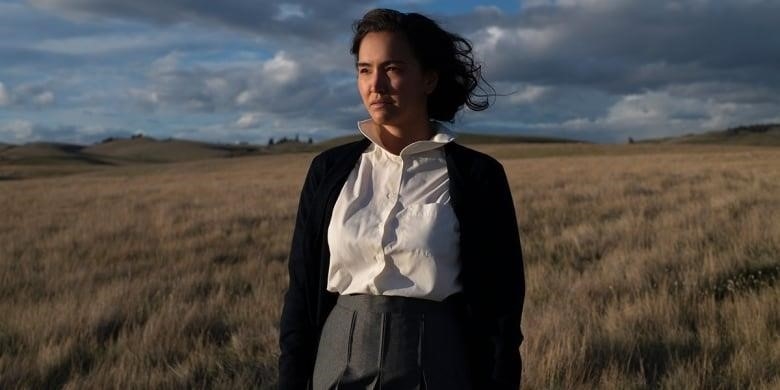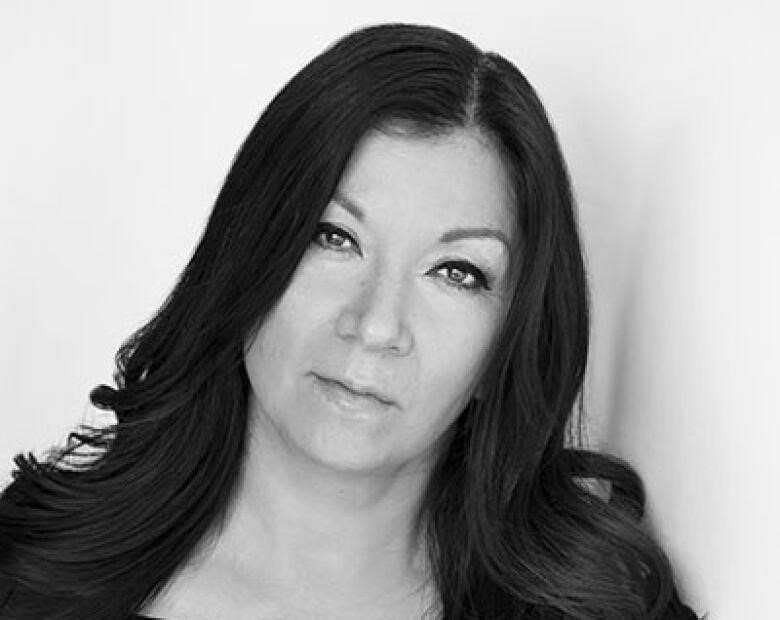At the International Film Festival of Ottawa, there is a movie about the terrible things that happened in residential schools
The director of a film from British Columbia that tells the story of a survivor of a residential school says that her work is part of a “paradigm shift” as the Canadian film industry gives more room to Indigenous filmmaking.
Marie Clements directed Bones of Crows, which was recently shown at the International Film Festival of Ottawa (IFFO) and is about the life of Aline Spears, played by actress Grace Dove.
Clements, who is Métis, was at the film festival for her 2019 film the last time before the pandemic.Red Snow, said that funding rules have changed in the last three to five years to give Indigenous stories a bigger part.
She said that this has taken years of hard work and a push for more fairness.
“Most Indigenous filmmakers would probably say it’s been really hard. I think we kind of feel like the door is opening now, “said Clements.
Bones of CrowsTelefilm and the Indigenous Screen Office both gave them money. CBC Films was also involved, and the movie is now being turned into a miniseries that will air on CBC later this year.
Clements, who started out in theater and then moved on to writing, producing, and directing films, said, “It’s been really hard for Indigenous filmmakers to get the support they deserve.”

How Canadian movies are paid for and get notice
Some groups, like Telefilm, have started to put more money into making films by Indigenous people.
Adriana Chartrand, who is also Métis, admits that as the leader of Indigenous initiatives at Telefilm, she has seen a certain amount of “gatekeeping” when it comes to funding films.
“I think we’re trying to change who the players and decision-makers are,” said Chartrand, whose budget for Indigenous films is $4 million per year. Telefilm can give money to these projects at any stage, from planning to filming to editing.
“People’s choices over time and in the present will have an effect on the movies they watch. But I think things are changing.”
Chartrand said that the variety of stories told by Indigenous people who work in the film industry has also grown.
“Indigenous artists are making works in a wider range of genres, which is very exciting. Like science fiction, horror, comedies, and yes, even romantic comedies.”
In the past few years, there have also been more movies about residential schools. Examples includeIndian Horse (2017), and The Secret Path(2016), which both got money from many of the same organizations.Bones of Crows (2022) has.

Chartrand says that people who make decisions about funding and audiences affect what kinds of Indigenous films are made, but it’s hard to know what kind of film will connect with audiences.
The executive director of the IFFO, Tom McSorley, did point toAtanarjuat: The Fast Runner(2001) as a modern example of an Indigenous film that made it to international film festivals.
“That’s the other mystery of the movie business: you never know what will be a huge hit,” McSorley said.
Chartrand said that Indigenous cinema today grew out of documentary filmmaking, which in turn affected which Indigenous films were made and how they were funded in the early years.
Clements added, “All filmmakers want to do is show the world as they see it in a way that makes sense for their stories.”
